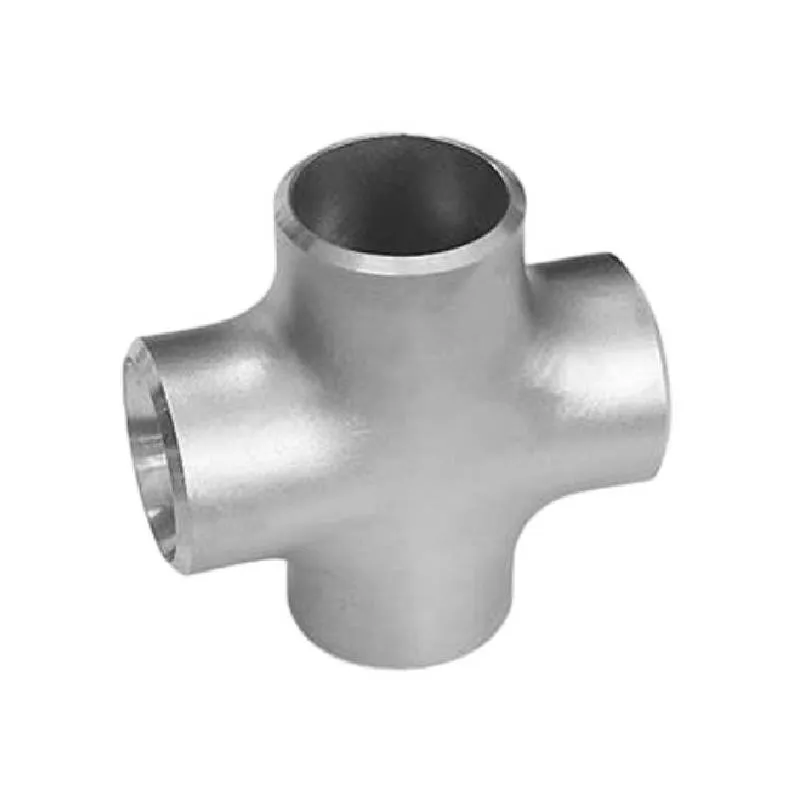-
Cangzhou Yulong Steel Co., Ltd.
-
Phone:
+86 13303177267 -
Email:
admin@ylsteelfittings.com
- English
- Arabic
- Italian
- Spanish
- Portuguese
- German
- kazakh
- Persian
- Greek
- French
- Russian
- Polish
- Thai
- Indonesian
- Vietnamese
- Zulu
- Korean
- Uzbek
- Hindi
- Serbian
- Malay
- Ukrainian
- Gujarati
- Haitian Creole
- hausa
- hawaiian
- Hebrew
- Miao
- Hungarian
- Icelandic
- igbo
- irish
- Japanese
- Javanese
- Kannada
- Khmer
- Rwandese
- Afrikaans
- Albanian
- Amharic
- Armenian
- Azerbaijani
- Basque
- Belarusian
- Bengali
- Bosnian
- Bulgarian
- Catalan
- Cebuano
- China
- China (Taiwan)
- Corsican
- Croatian
- Czech
- Danish
- Esperanto
- Estonian
- Finnish
- Frisian
- Galician
- Georgian
- Kurdish
- Kyrgyz
- Lao
- Latin
- Latvian
- Lithuanian
- Luxembourgish
- Macedonian
- Malgashi
- Malayalam
- Maltese
- Maori
- Marathi
- Mongolian
- Myanmar
- Nepali
- Norwegian
- Norwegian
- Occitan
- Pashto
- Dutch
- Punjabi
- Romanian
- Samoan
- Scottish Gaelic
- Sesotho
- Shona
- Sindhi
- Sinhala
- Slovak
- Slovenian
- Somali
- Sundanese
- Swahili
- Swedish
- Tagalog
- Tajik
- Tamil
- Tatar
- Telugu
- Turkish
- Turkmen
- Urdu
- Uighur
- Welsh
- Bantu
- Yiddish
- Yoruba

Dec . 12, 2024 00:12 Back to list
en 1092 1 2007
Understanding EN 1092-1 2007 Standards in Flange Design
The EN 1092-1 2007 standard is an essential guideline in the realm of flange design and manufacturing, particularly within European contexts. This standard outlines specifications and requirements for circular flanges for pipes, valves, fittings, and accessories. Its implementation ensures interoperability among various systems and maintains safety and efficiency in industrial applications.
Origins and Purpose
The European Norm EN 1092-1 was created with the objective of harmonizing flange dimensions, pressure ratings, and material specifications across Europe. It is part of a broader set of standards that facilitate trade and industrial practices by ensuring that components can fit together seamlessly, regardless of the manufacturer. This is critical in industries such as oil and gas, water treatment, and power generation, where reliability and safety are paramount.
Key Features
Understanding EN 1092-1 2007 Standards in Flange Design
The standard also provides classifications based on pressure rating. These ratings, including PN (Nominal Pressure), range from PN 2.5 to PN 420, indicating the maximum permissible pressure at a specified temperature. This is crucial for ensuring that the flanges can withstand the operational conditions they will face.
en 1092 1 2007

Furthermore, EN 1092-1 includes guidelines on the materials that can be used for the flanges. Various materials like carbon steel, stainless steel, and cast iron are allowed, catering to different operational environments and chemical exposures. The standard ensures that the chosen materials meet predefined strength and corrosion resistance criteria, affording greater longevity and reliability for the end product.
Compatibility and Interoperability
One of the significant advantages of adhering to the EN 1092-1 standard is enhanced compatibility among different systems. By establishing clear dimensions and specifications, the standard ensures that flanges from different manufacturers will fit together. This interoperability is especially vital in complex industrial setups, where components from multiple suppliers must function together without any issues.
Safety Considerations
Safety is a significant focus of the EN 1092-1 2007 standard. By ensuring that flanges meet specific pressure ratings and material standards, the risk of failures under high-stress conditions can be mitigated. Rigorous testing and quality control measures are emphasized, ensuring that the flanges can operate effectively within their designated parameters. This is particularly important in sectors such as the petrochemical industry, where failures can lead to catastrophic consequences.
Conclusion
In conclusion, EN 1092-1 2007 serves as a critical standard for flange design and manufacturing in Europe. Its comprehensive specifications for dimensions, materials, and pressure ratings promote consistency, safety, and efficiency in industrial applications. By adhering to this standard, manufacturers can produce reliable flanges that seamlessly integrate into a variety of systems, ultimately enhancing the overall performance and safety of industrial processes. As industries continue to evolve and new challenges arise, standards like EN 1092-1 will remain pivotal in ensuring that manufacturing practices keep pace with technological advancements and safety requirements.
Latest news
-
ANSI 150P SS304 SO FLANGE
NewsFeb.14,2025
-
ASTM A333GR6 STEEL PIPE
NewsJan.20,2025
-
ANSI B16.5 WELDING NECK FLANGE
NewsJan.15,2026
-
ANSI B16.5 SLIP-ON FLANGE
NewsApr.19,2024
-
SABS 1123 FLANGE
NewsJan.15,2025
-
DIN86044 PLATE FLANGE
NewsApr.19,2024
-
DIN2527 BLIND FLANGE
NewsApr.12,2024
-
JIS B2311 Butt-Welding Fittings LR/SR 45°/90° /180°Seamless/Weld
NewsApr.23,2024











